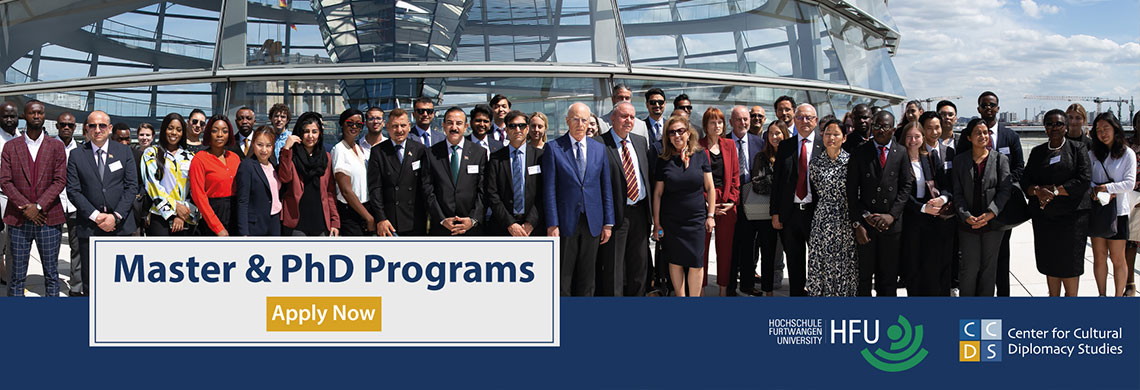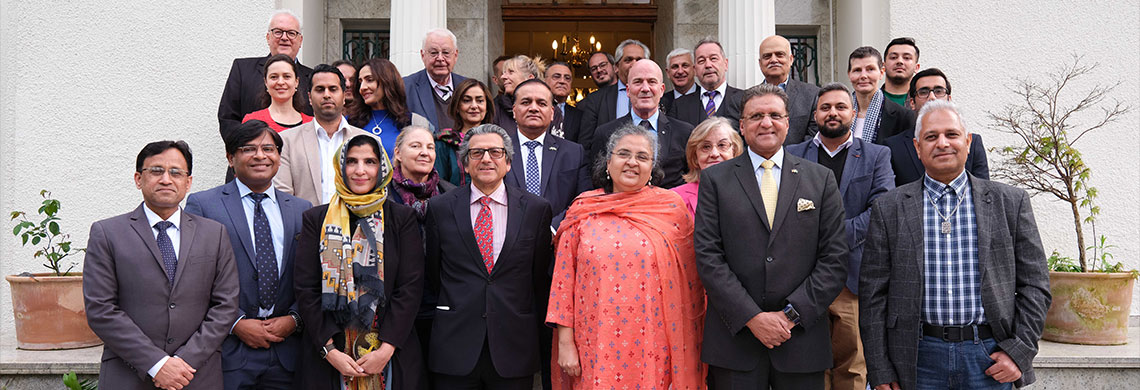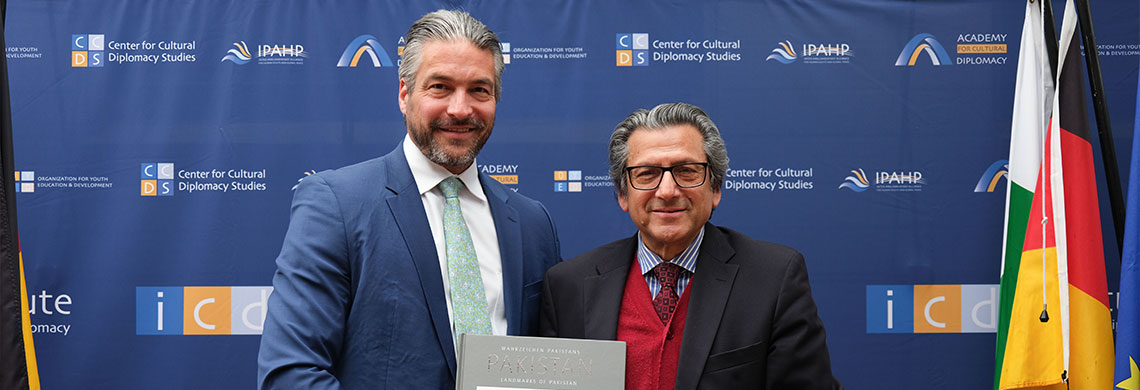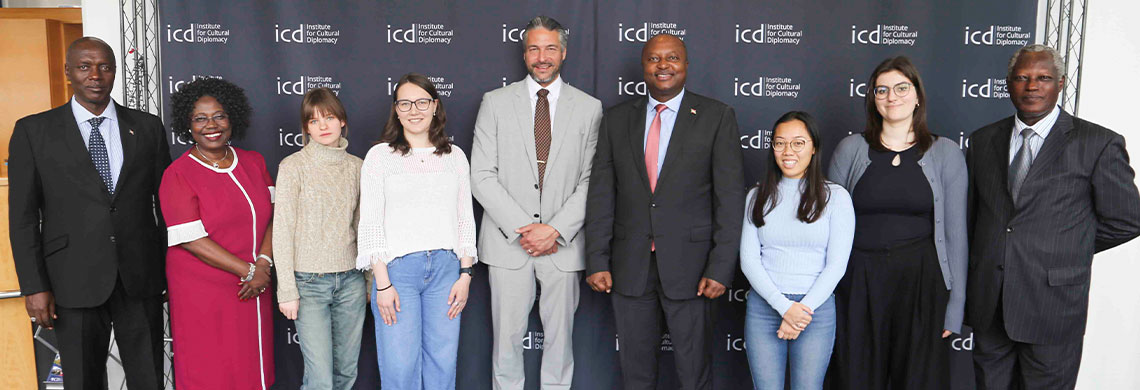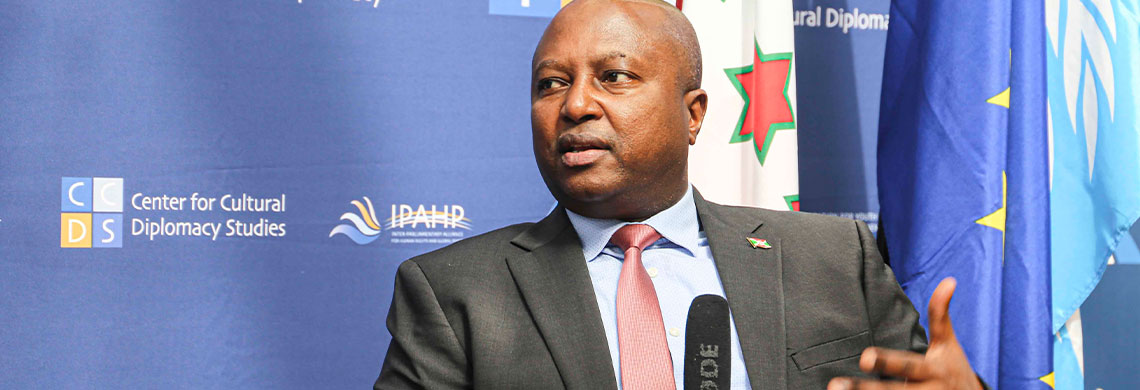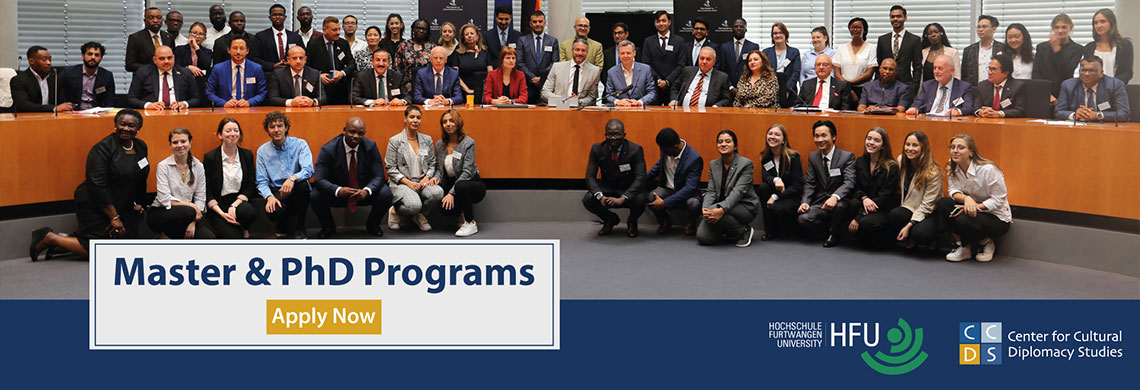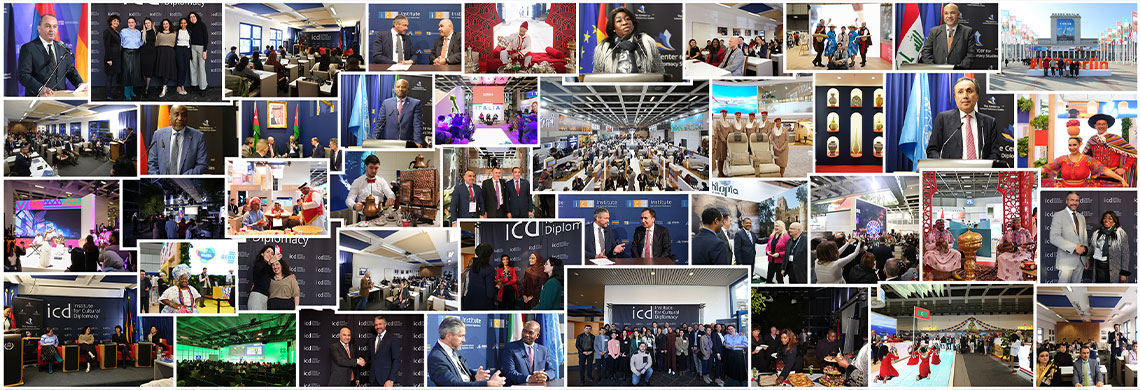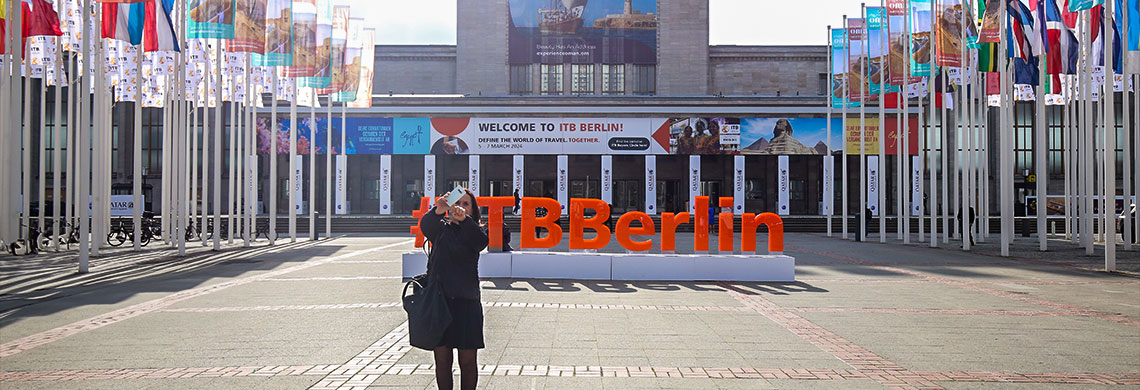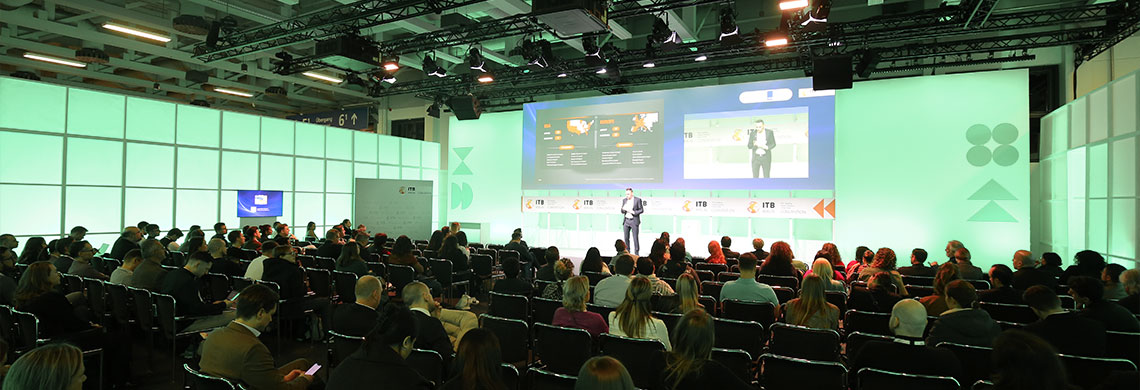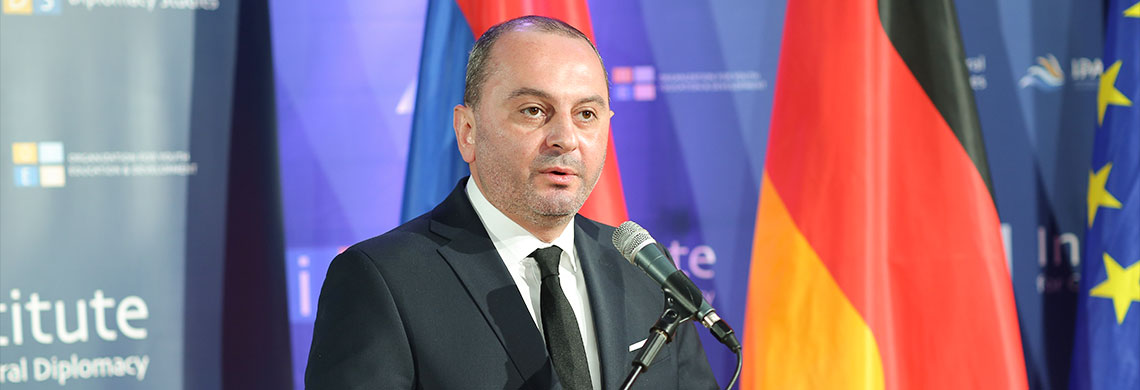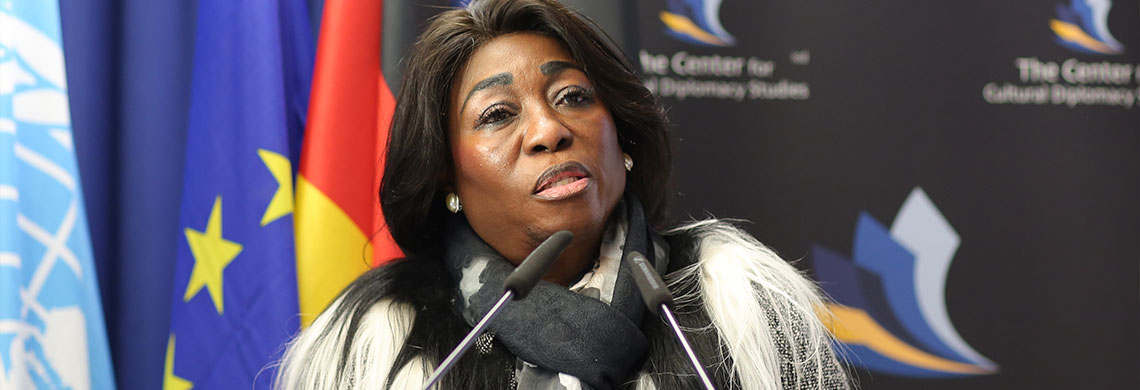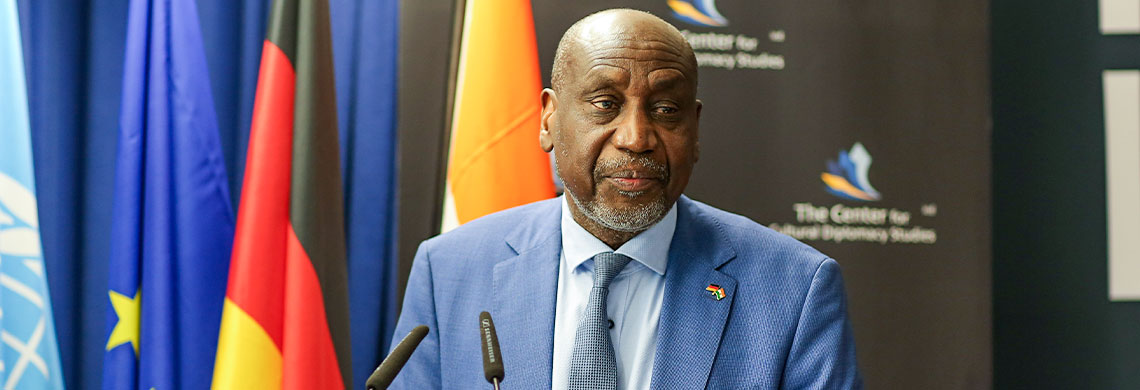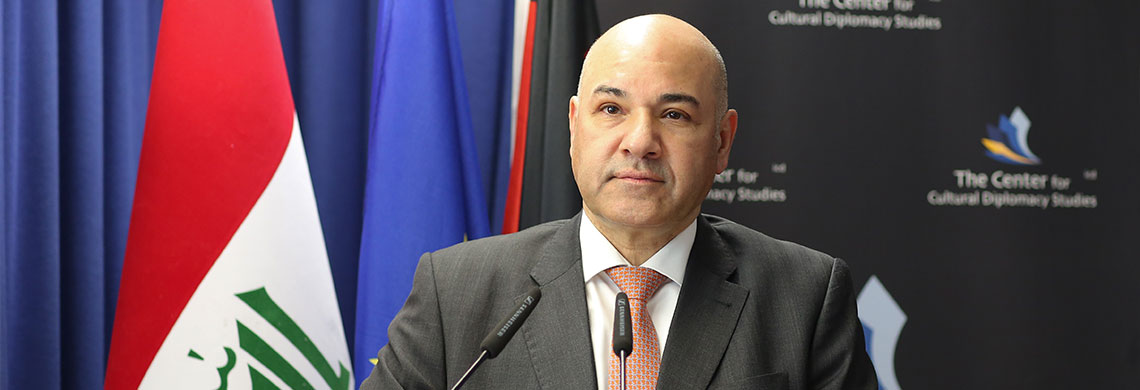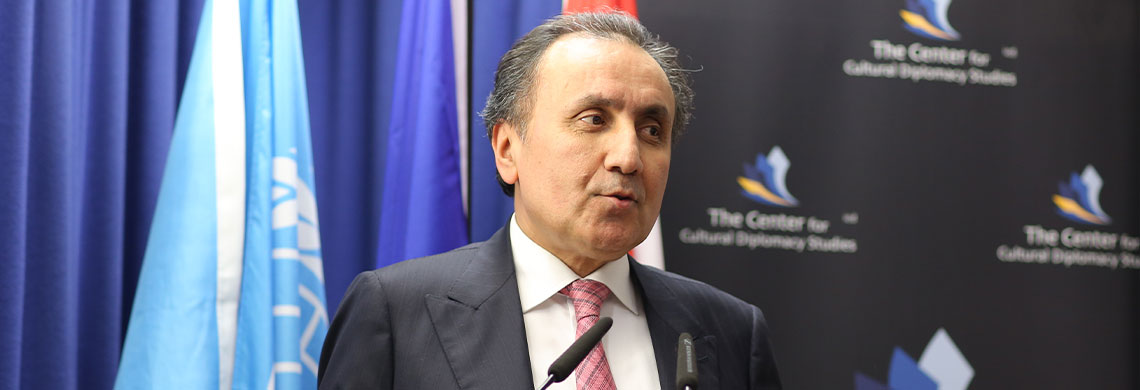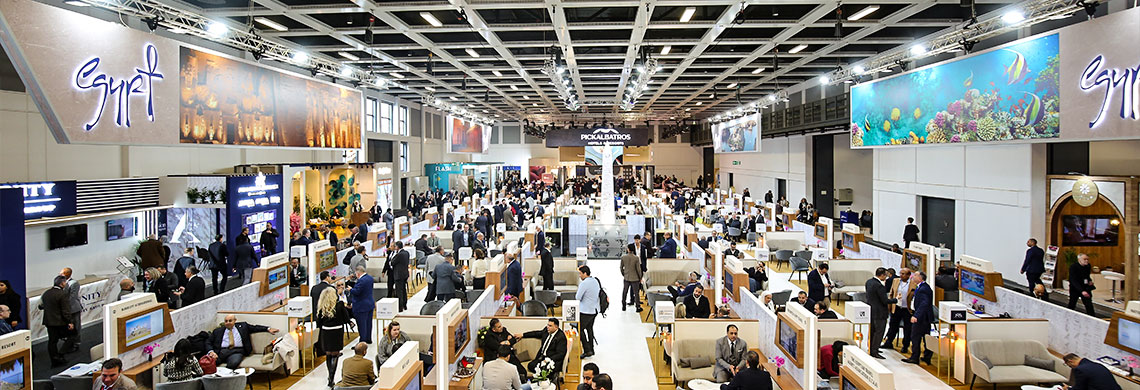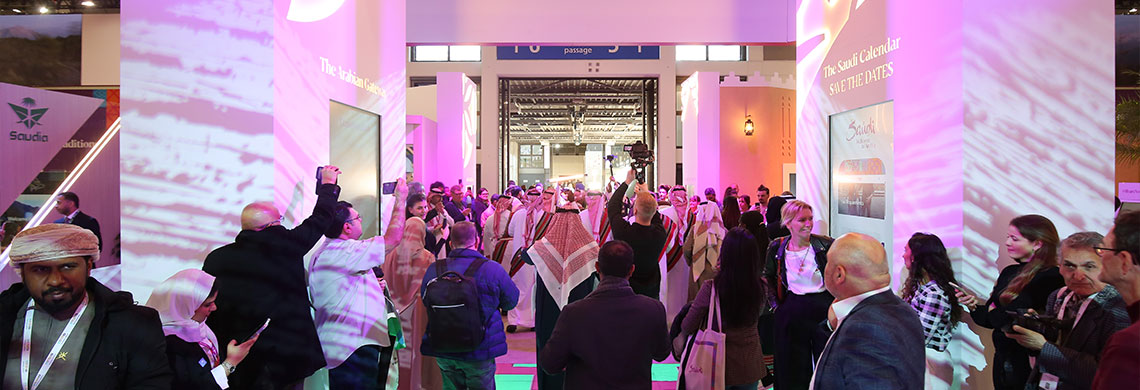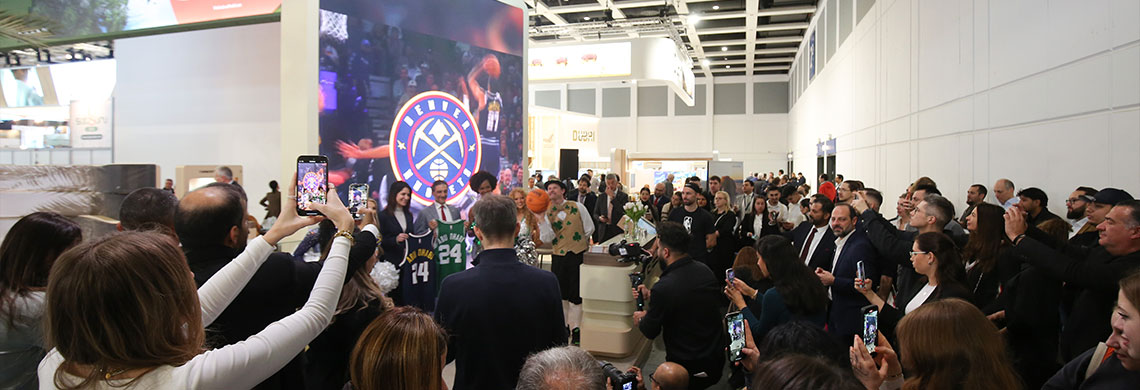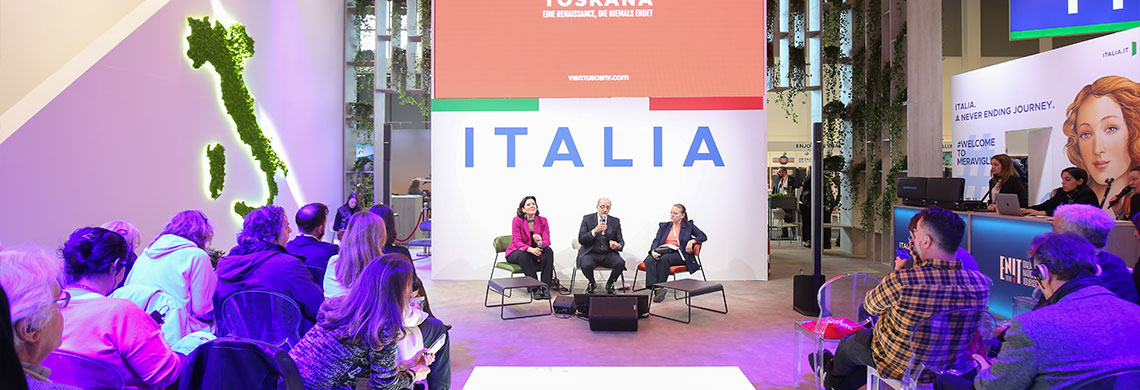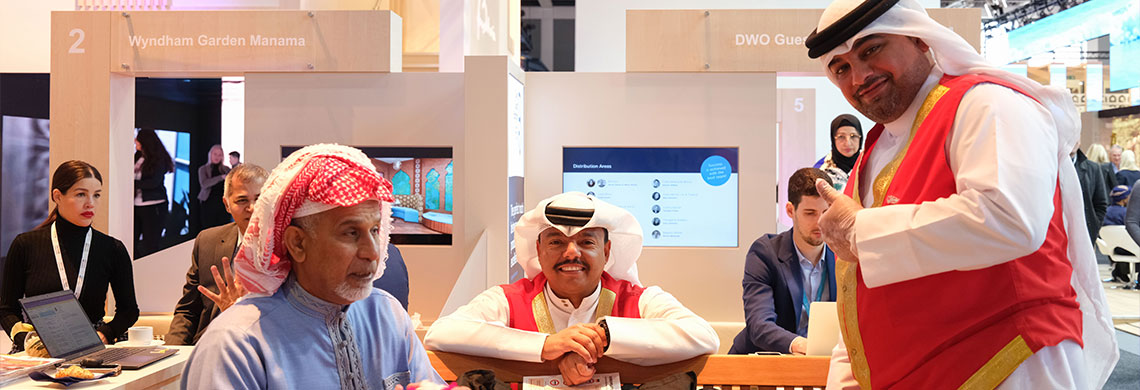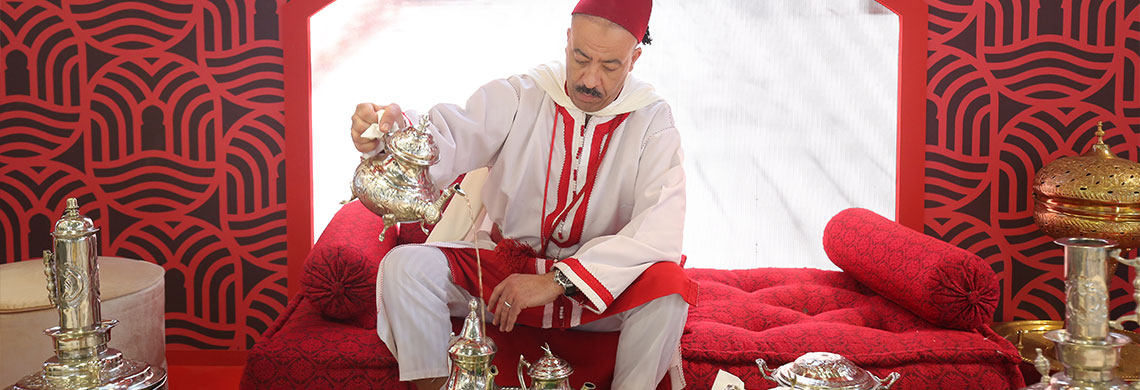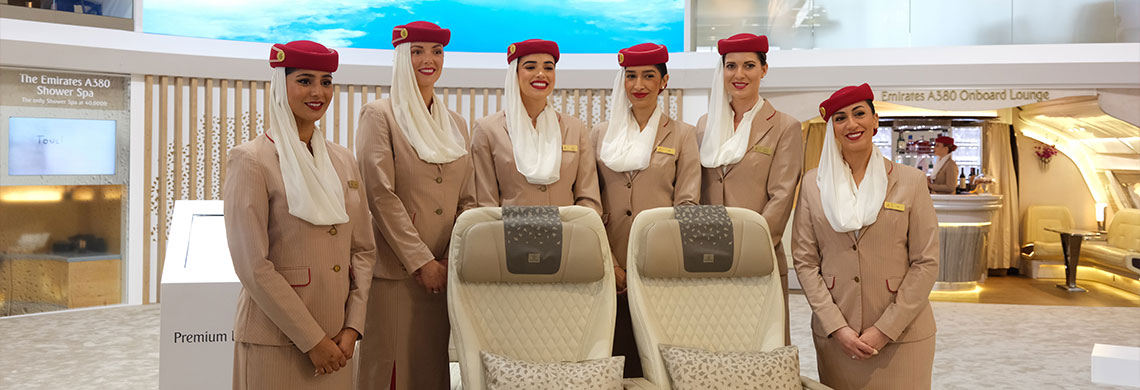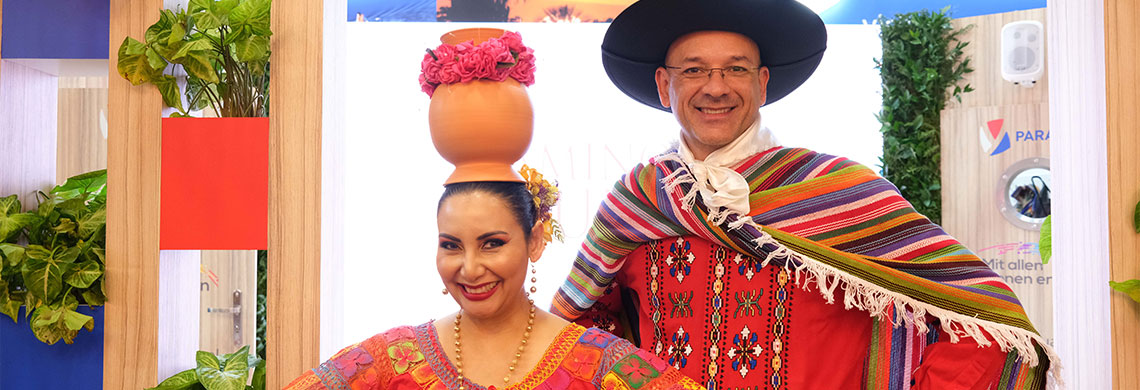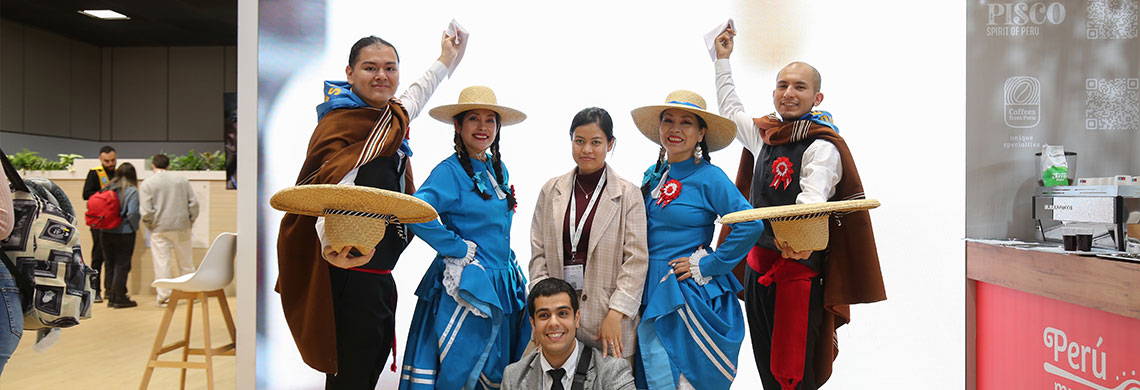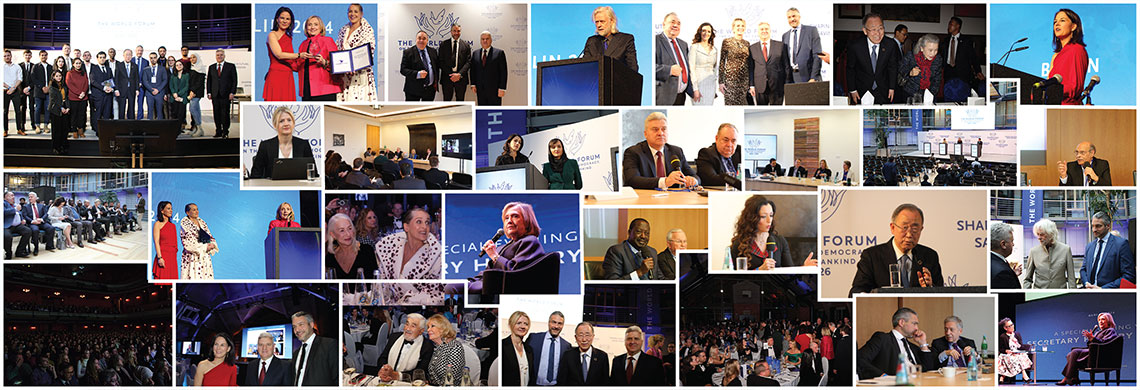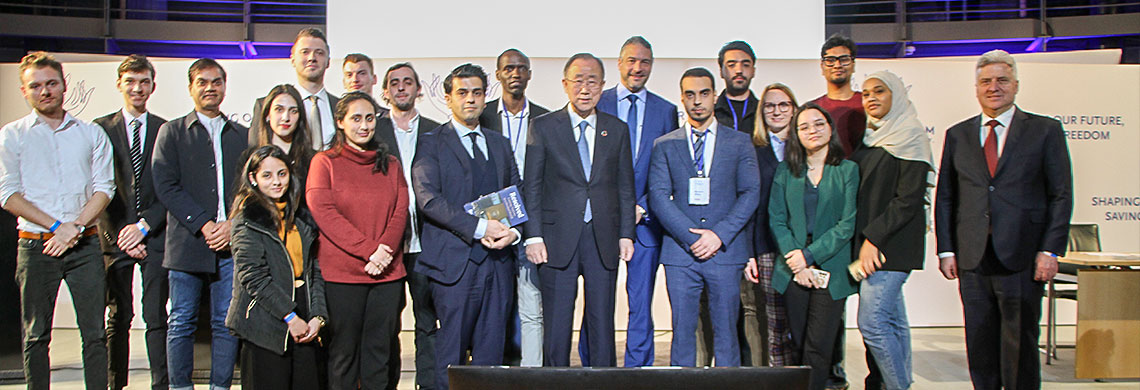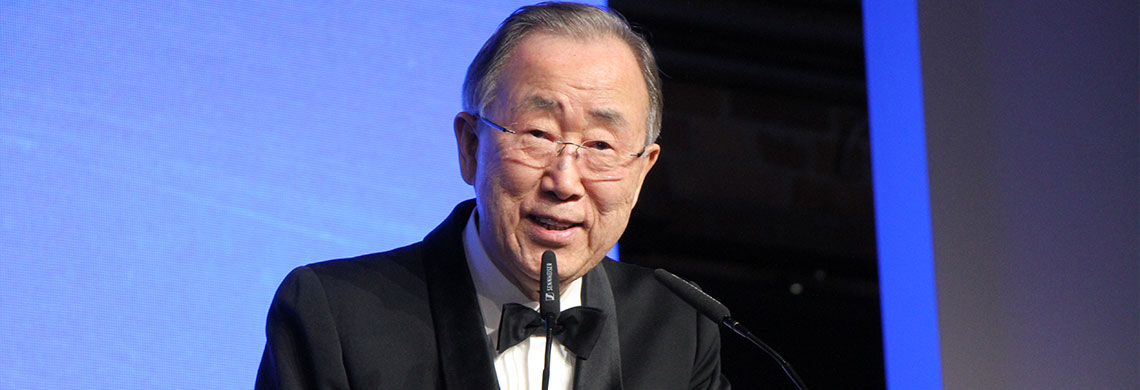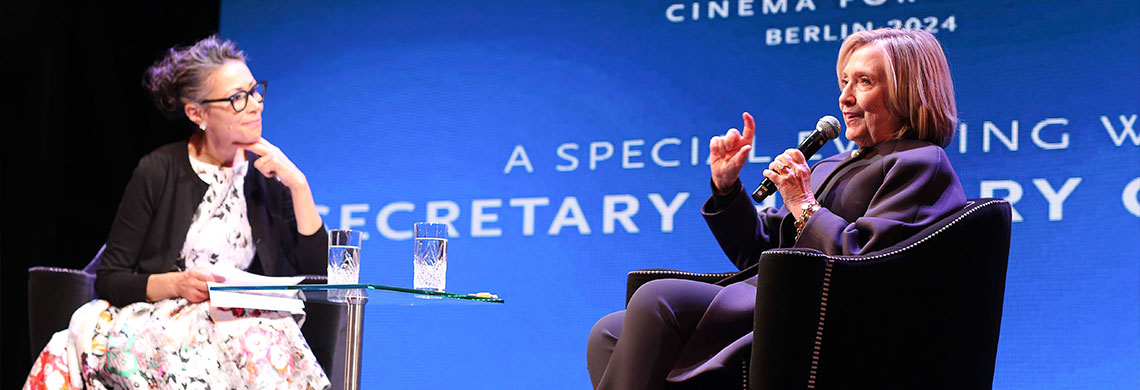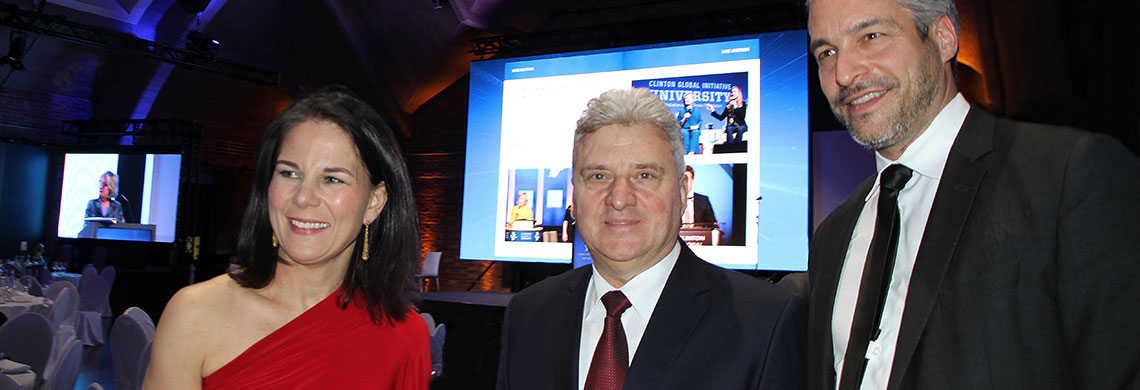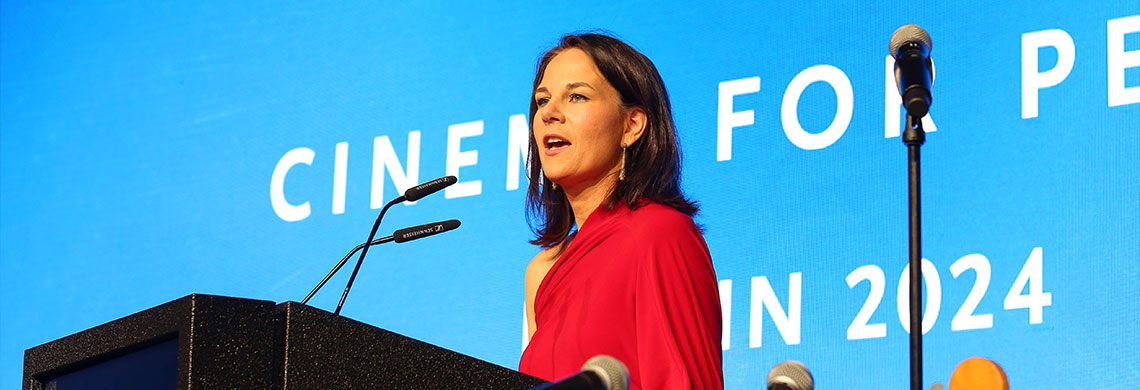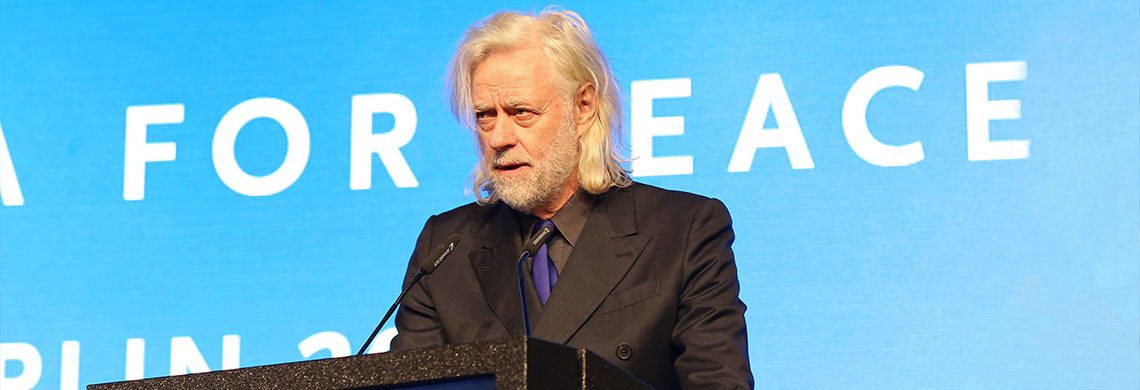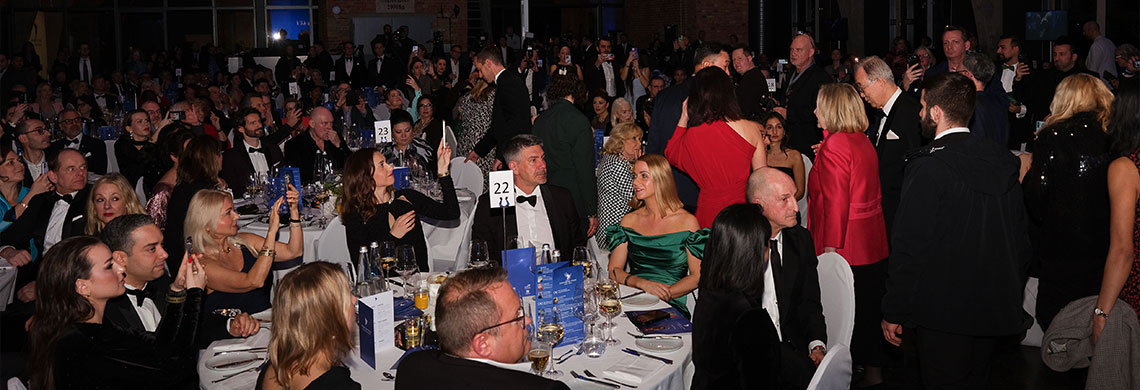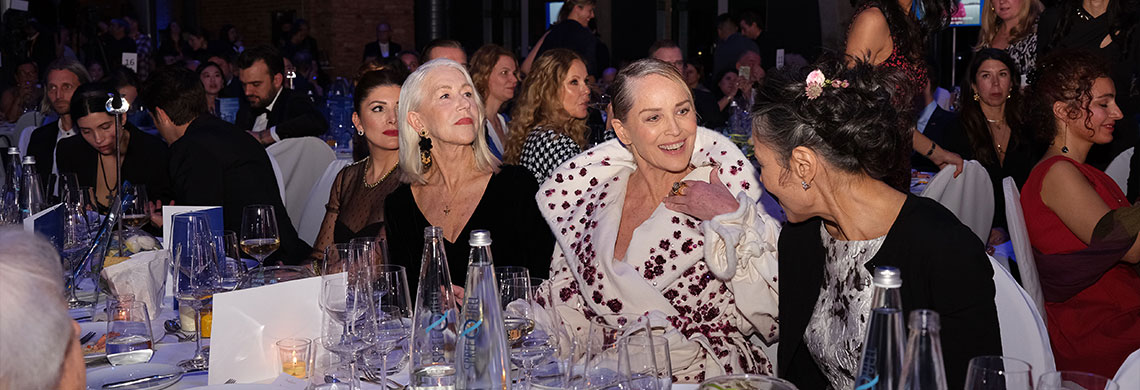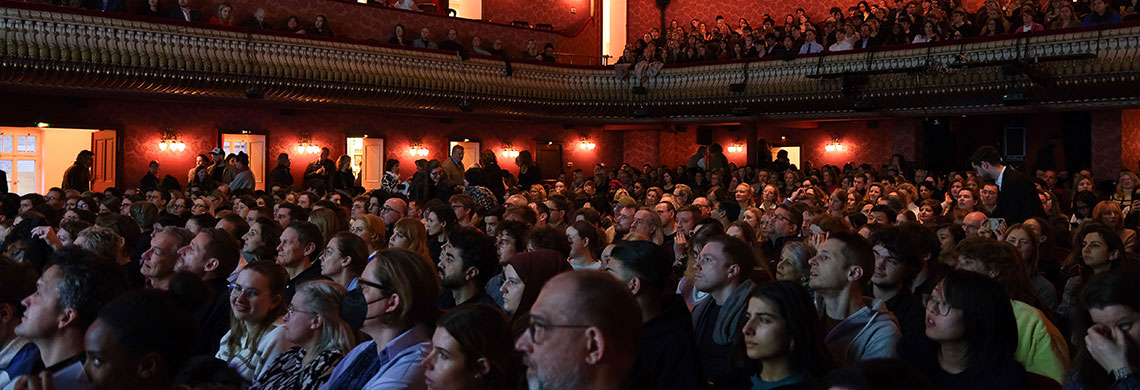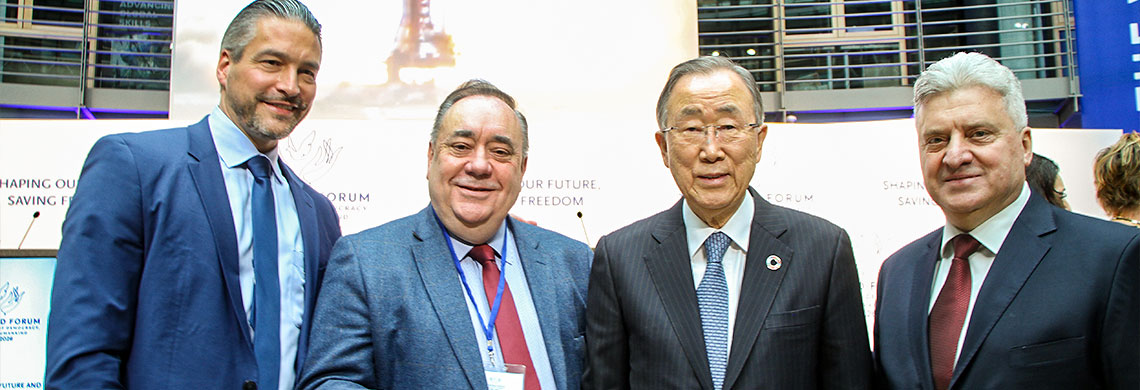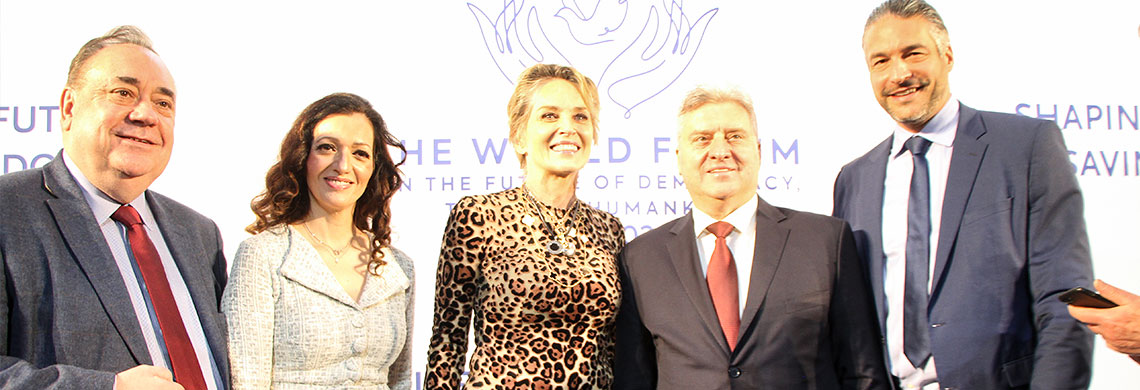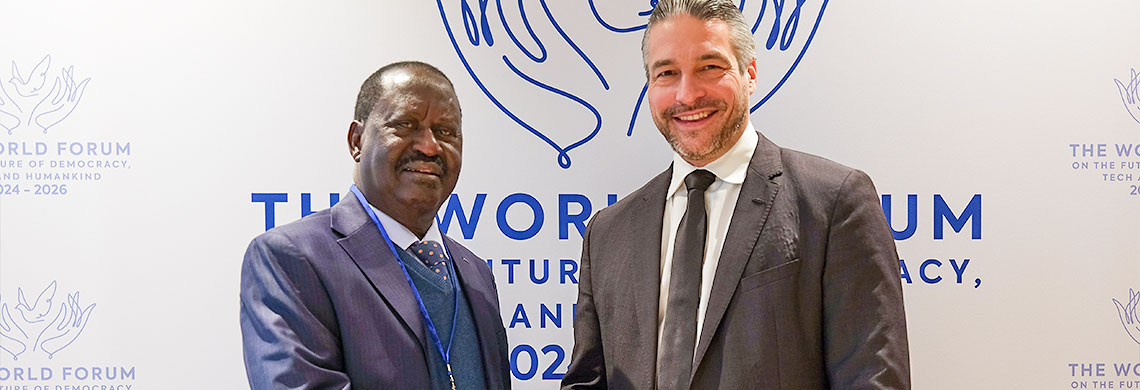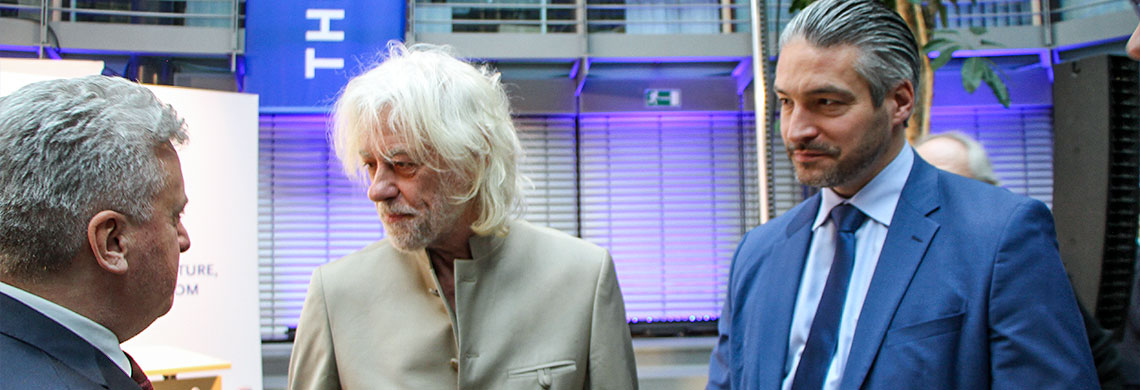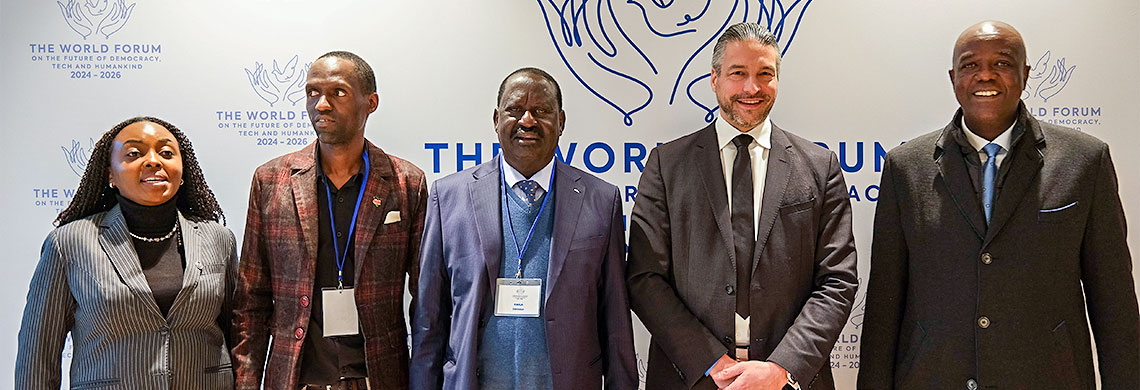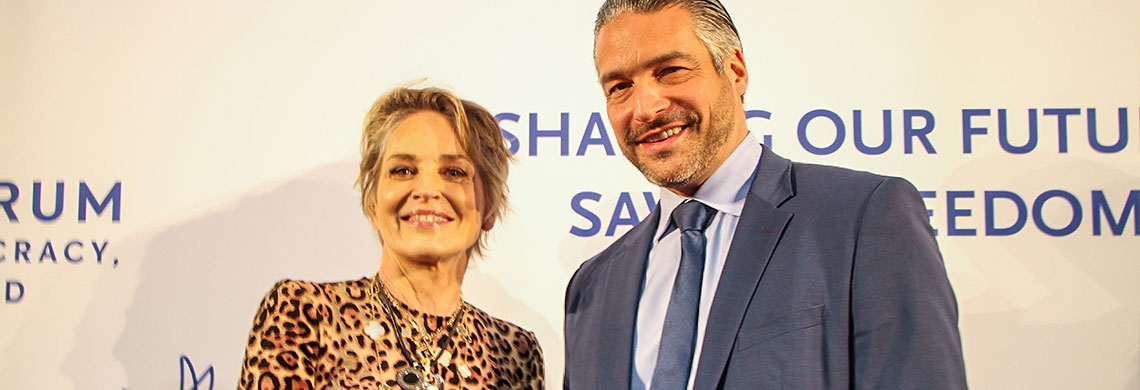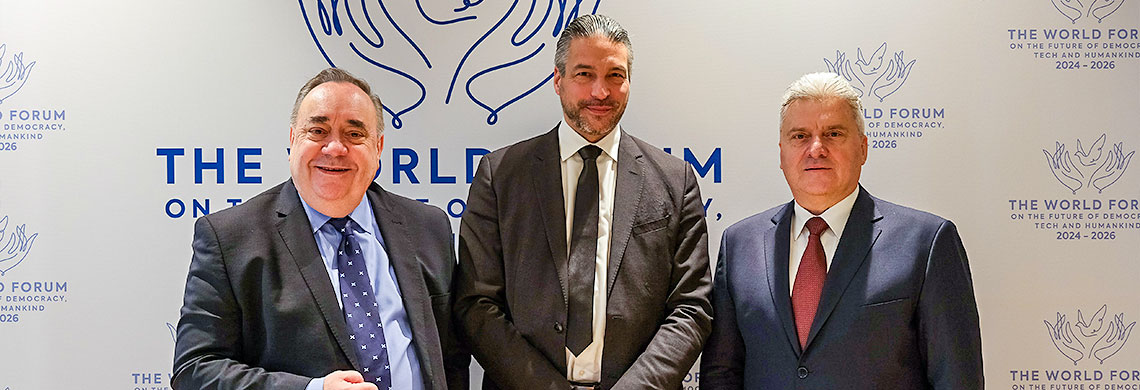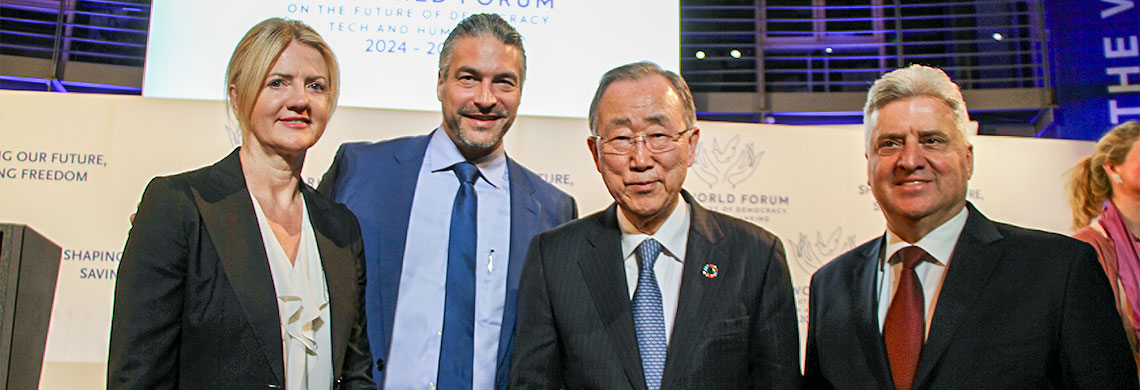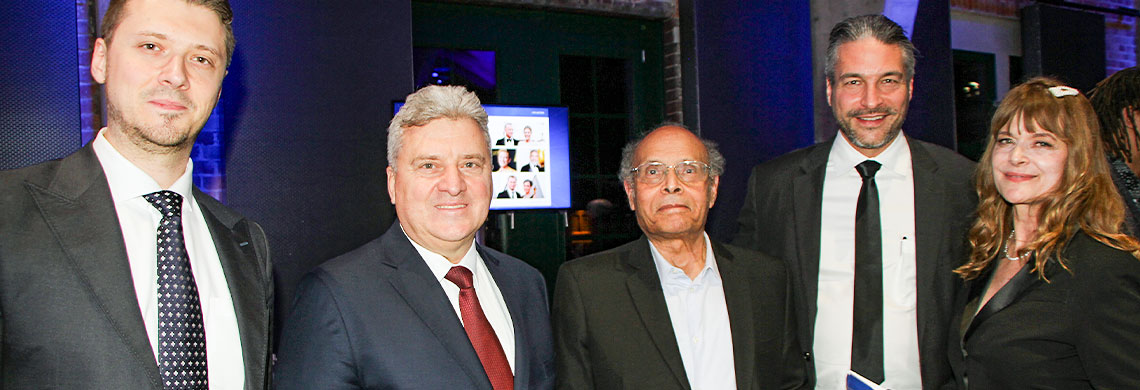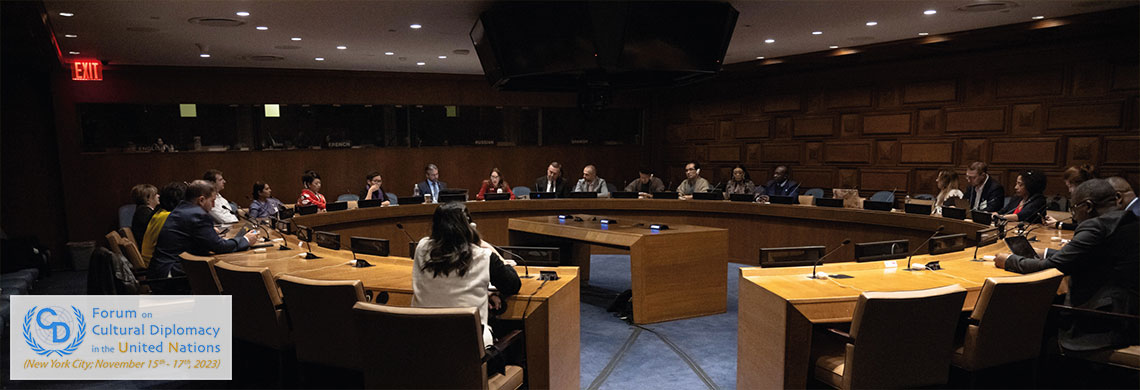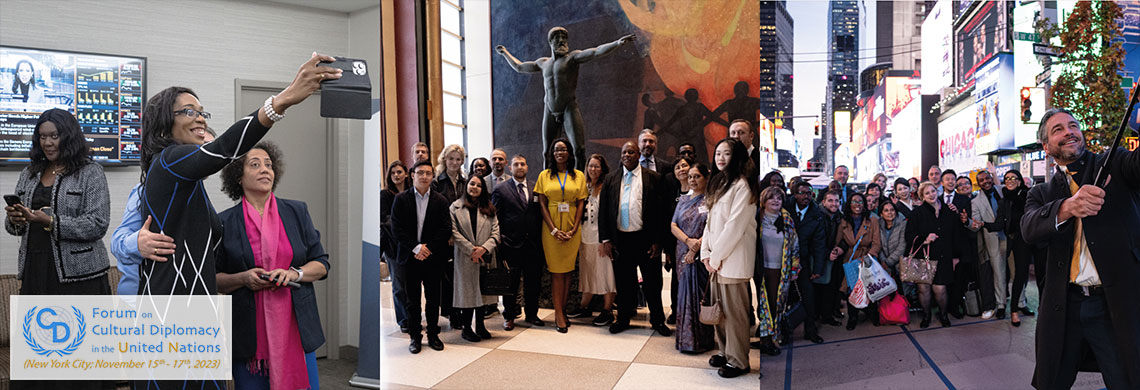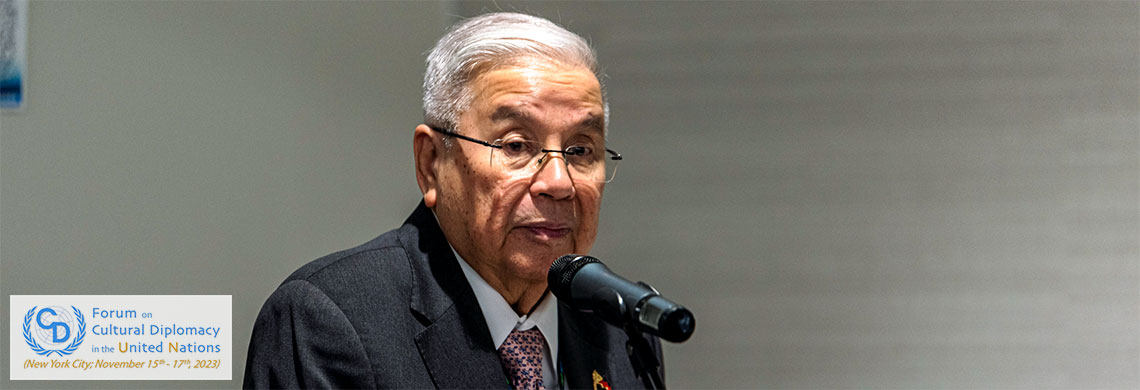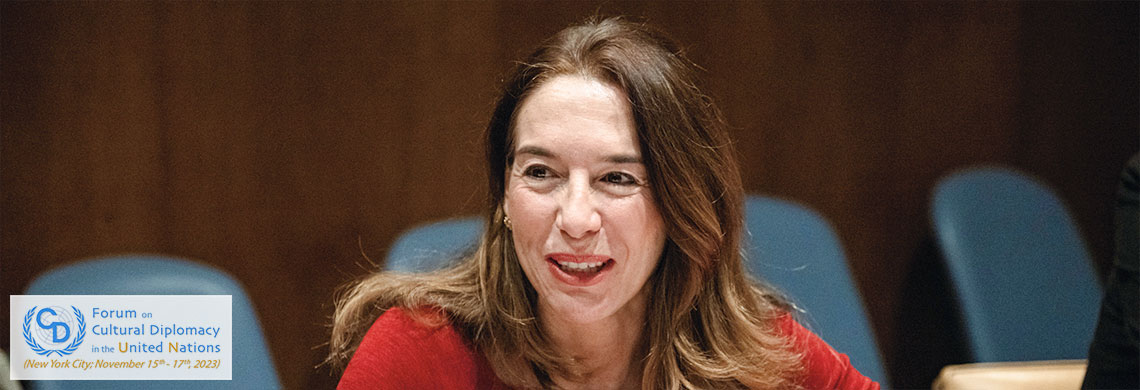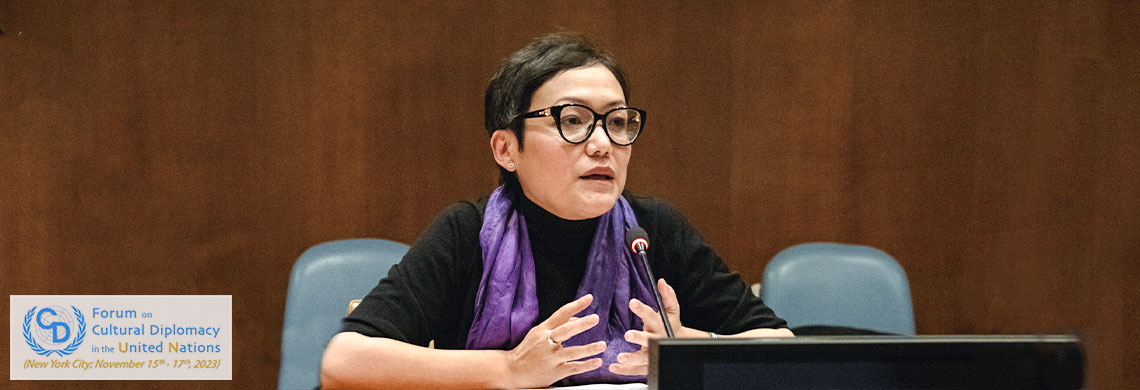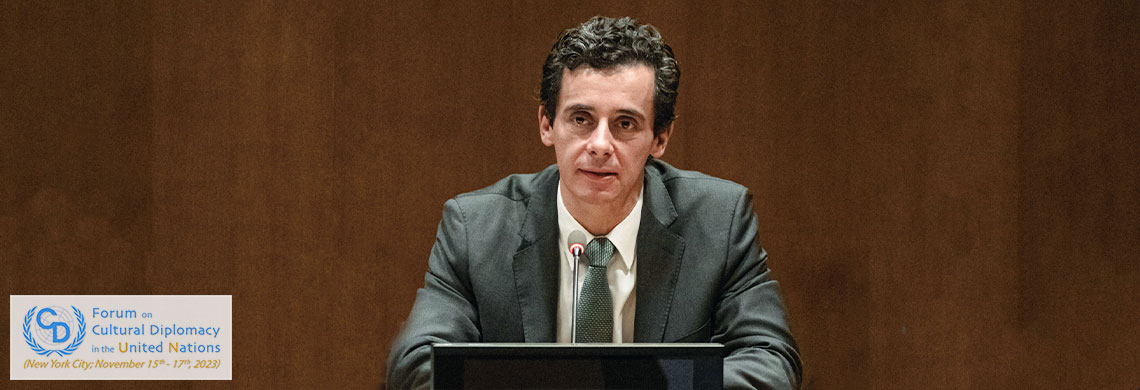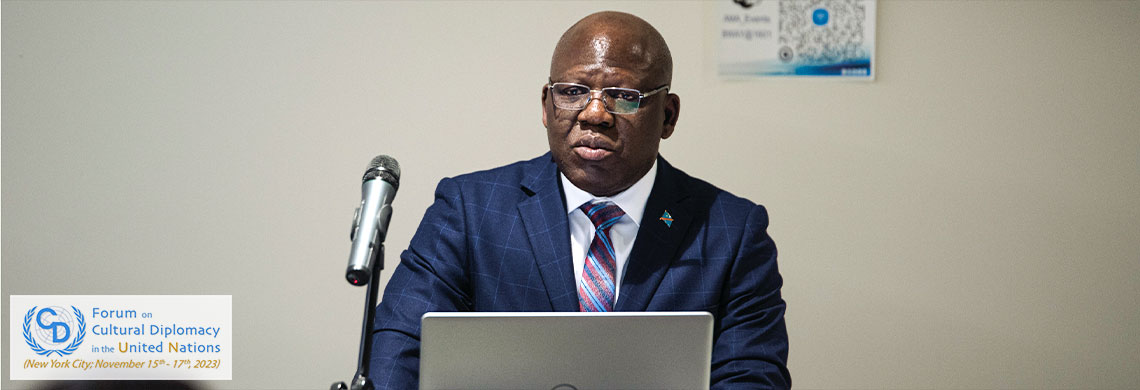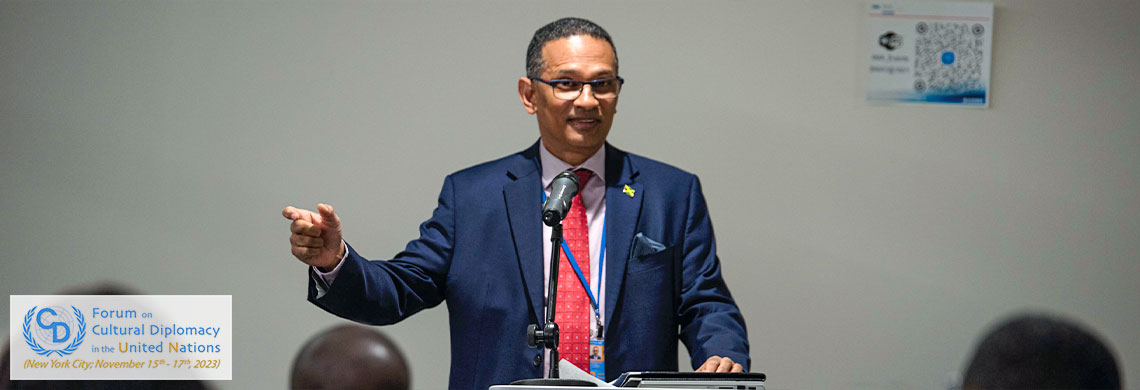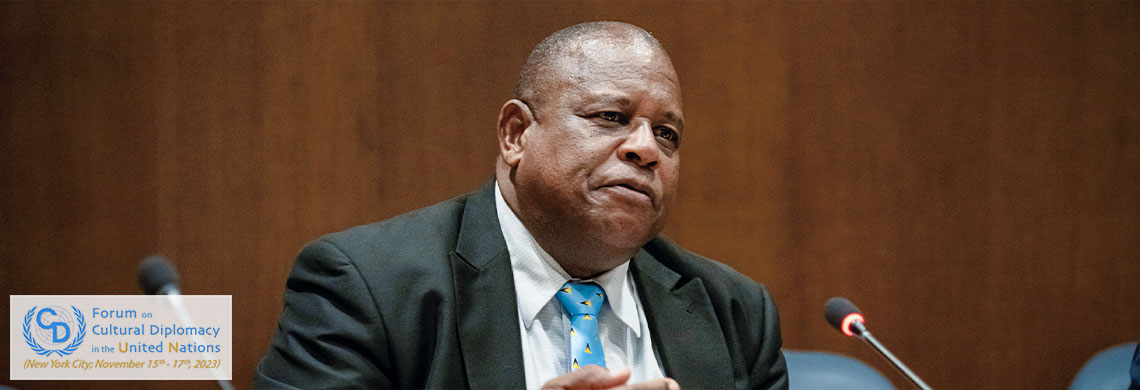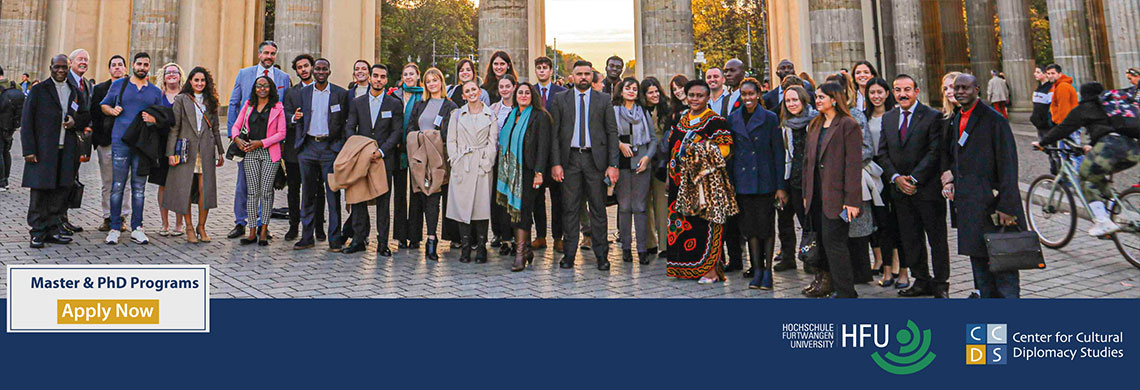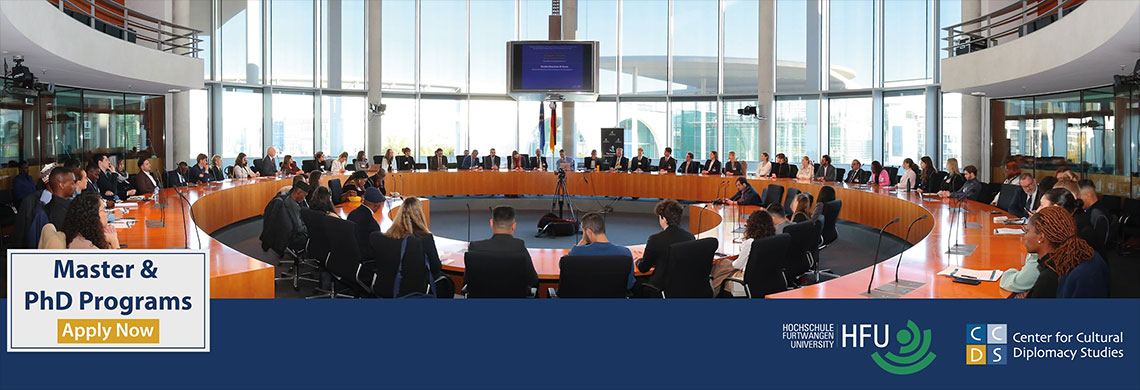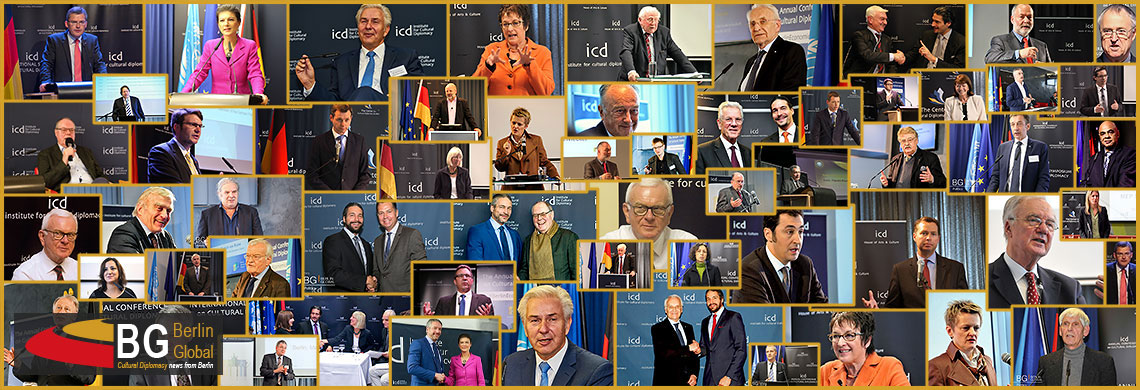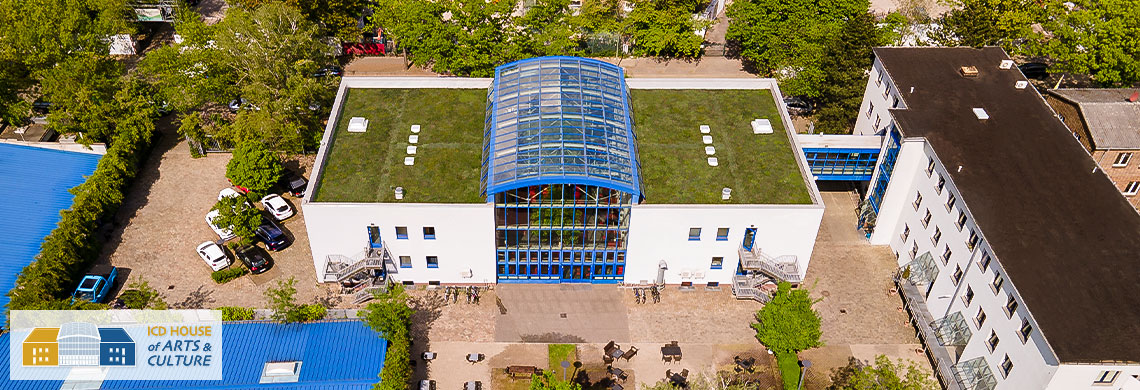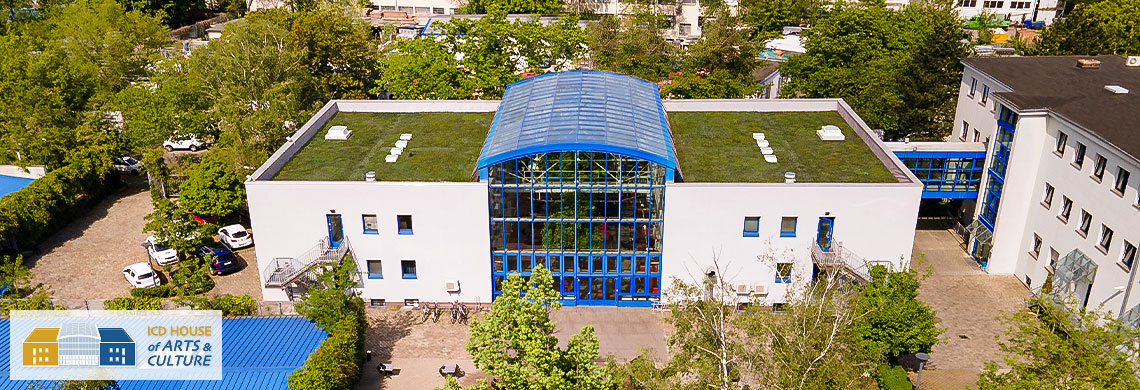The London International Human Rights Congress 2011
"Immigration & Integration in an Age of Austerity: Challenges and Opportunities"
(London, November 22nd - 25th, 2011)
Conference Locations
British Parliament
Situated in the Palace of Westminster, also known as the Houses of Parliament, is the meeting place of the two houses of the Parliament of the United Kingdom - the House of Lords and the House of Commons. It lies on the north bank of the River Thames in the heart of the London borough of the City of Westminster, close to the historic Westminster Abbey and the government buildings of Whitehall and Downing Street. The name may refer to either of two structures: the
Old Palace, a medieval building complex most of which was destroyed in 1834, and its replacement
New Palace that stands today; it has retained its original style and status as a royal residence for ceremonial purposes. The Palace is one of the centres of political life in the United Kingdom; "Westminster" has become a metonym for the UK Parliament, and the Westminster system of government has taken its name after it. The Clock Tower, which has become known as "Big Ben" in reference to its main bell, is an iconic landmark of London and the United Kingdom in general, one of the most popular tourist attractions in the city and an emblem of parliamentary democracy.
Portcullis House - Portcullis House was officially opened by Her Majesty the Queen in February 2001 providing offices for Members of Parliament and their staff, supplementing the limited space in the Palace of Westminster and surrounding buildings.
City Hall
City Hall is home to the Mayor of London, the London Assembly and approximately 600 permanent staff who work for the Greater London Authority (GLA). It is located in Southwark, on the south bank of the River Thames near Tower Bridge. It was designed by Norman Foster and opened in July 2002, two years after the GLA was created. The building has an unusual, bulbous shape, intended to reduce its surface area and thus improve energy efficiency. At the top of the ten-story building is an exhibition and meeting space called "London's Living Room", with an open viewing deck which is occasionally open to the public. The walkway provides views of the interior of the building, and is intended to symbolise transparency; a similar device was used by Foster in his design for the rebuilt Reichstag in Germany.
Covent Garden
Covent Garden is a district in London, situated on the eastern fringes of the West End, between St. Martin’s Lane and Drury Lane. It is historically associated with the former fruit and vegetable market in the central square, but is now a popular tourist and shopping site. The Royal Opera House which is situated here is also known as ‘Covent Garden’. The district is divided by the main thoroughfare of Long Acre, with the northern area home to independent shops centred on Neal’s Yard and Seven Dials, while the southern area contains the central square which hosts street performers and many elegant buildings, theatres and entertainment facilities which include Theatre Royal, Drury Lane and the London Transport Museum.
Notting Hill Gate
Notting Hill Gate is distinct from Notting Hill, although they are often confused, as ‘Notting Hill’ is frequently used as an abbreviation for Notting Hill Gate. It is situated in the Royal Borough of Kensington and Chelsea and was historically a location for toll gates, from which it derives its modern name. Notting Hill Gate is home to a variety of stores, restaurants and cafés, as well as more specialised stores which include rare records and antiques, as well as two historic cinemas, The Coronet and The Gate.
Speakers’ Corner, Hyde Park
A Speakers’ Corner is an area where open-air, public speaking, debate and discussion are allowed, with the original and most noted of these corners situated in the north-east corner of Hyde Park. Since the Parks Regulation Act 1872 which was put in place after a series of riots took place, the area has become a traditional site for public speeches and debate, as well as the main site of protest and assembly in Britain. Some notable speakers which have a history of speaking at Hyde Park include the Socialist Party of Great Britain and the Catholic Evidence Guild.
The British Museum
The British Museum is a museum of human history and culture, situated in London's West End. Its collection, which is amongst the largest and most comprehensive in the world, originates from all continents, illustrating and documenting the story of human culture from its beginnings to the present. The museum was established in 1753, based on the collections of Sir Hans Sloane, and opened to the public in 1759. The expansion of the museum over the following two centuries was largely a result of an expanding British colonial footprint, and many objects in the collection today, notably the Elgin Marbles from the Parthenon, spark intense controversy and calls for restitution to their countries of origin. Today, there are several branch institutions of the British Museum, including the Natural History Museum situated in South Kensington.




